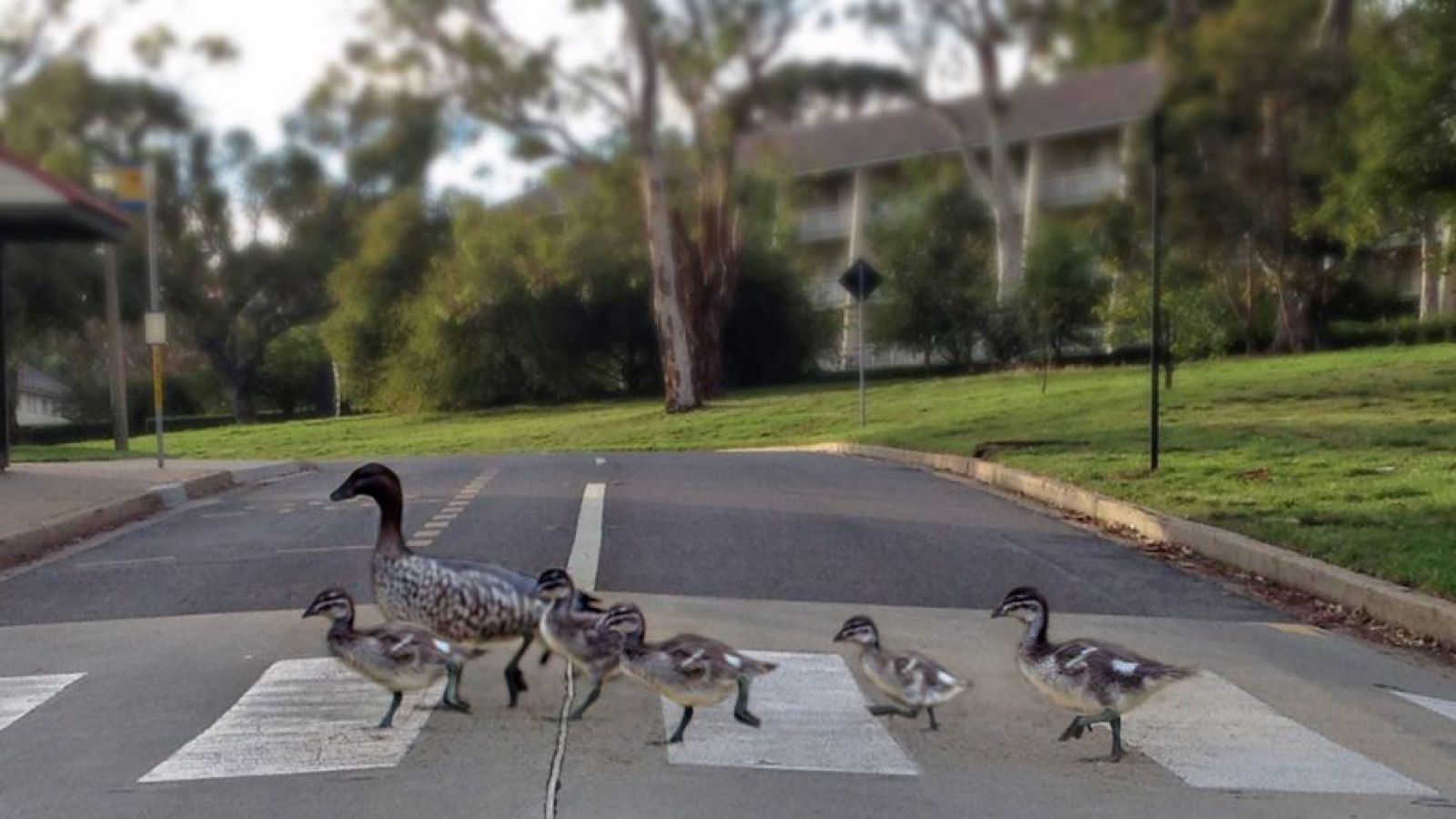Rethinking representation

Dr Will Sanders was working with a local government in rural Northern Territory when the drama began.
“In 2008, a local government I had been advising was amalgamated into a much bigger shire. The 18 councillors were suddenly pushed into competition for just four positions. I thought, there’s going to be an interesting tussle,” he says.
Sanders monitored the next local election with considerable interest. But what he happened upon was more dramatic than anything he had expected.
What had not been apparent in the smaller electorates of pre-2008 was suddenly magnified, made stark by the upheaval: the electoral system was deeply unfair.
“The system they had in place required each councillor to attract a majority of the total votes,” explains Sanders, a Fellow at the Centre for Aboriginal Economic Policy Research, part of the ANU College of Arts and Social Sciences.
“On the surface this sounds fair, but it means you can have up to 49 per cent of the population being represented by a candidate they have not voted for.”
To ensure every councillor has a majority vote, the candidate with the least number of votes is eliminated and their votes are transferred to another candidate based on second preferences.
This process is repeated until someone has more than 50 per cent of the votes. In electorates with more than one position to fill, the vote counting then begins again and the newly-elected candidate’s votes are reallocated. This is where the system becomes unfair, says Sanders.
“What they’re doing is giving the people who already got who they wanted a second vote, while everyone else only has one! And, because the large majority of people give their first and second preferences to similar candidates, it’s very likely that a similar majority will emerge again.
“I was amazed that anyone thought this was a good electoral system. What you really want are councillors who represent different portions of the electorate, not a very similar portion of the electorate over and over again.”
Sanders first realised the folly of the system in a ward that encompassed a large town and two smaller towns who had to share four councillors between them.
All four positions were won by the large town candidates.
“The big town won the first two positions, and it looked pretty convincing because they represented most of the votes,” explains Sanders.
“But the third person to be elected was way, way down the bottom in the initial count – through the inheritance of votes from the candidates who had already been elected, they had overtaken the two smaller town candidates.
“It was just a crazy electoral system that concentrated all the representation among the same voters. And I thought, this is just ridiculous. It’s got to change.”
Sanders wrote a critique of the system, which prompted the Northern Territory Government to consult an independent expert, Professor Ben Reilly of the ANU Crawford School of Public Policy.
Reilly’s report concluded that the system was “patently unfair and must be changed immediately”.
“The Government took the advice,” says Sanders. “Last year they switched to a very fair system, which is the same one used for the Australian Senate.”
In March this year, he travelled to the Northern Territory to witness the first election since the new system was introduced.
Where the former system had failed its voters, the new system was a triumph – the sole small town candidate joined three of the large town candidates as the electorate’s representatives.
Sanders is quietly satisfied with such a rewarding result.
“Mission accomplished,” he says.